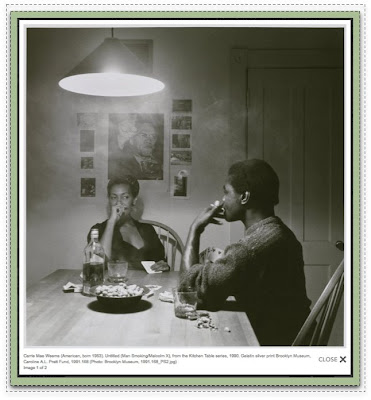
There is a nice article over at Scientific America about how humans interact with and react to the build environment. I thought it was a nice reminder of for those of us who spend our days designing digital environments that what we create, though not wood and drywall are spaces that people spend time in but what I found really interesting was on of the experiments they discus.
" In 2007 Joan Meyers-Levy, a professor of marketing at the University of Minnesota, reported that the height of a room’s ceiling affects how people think. She randomly assigned 100 people to a room with either an eight- or 10-foot ceiling and asked participants to group sports from a 10-item list into categories of their own choice. The people who completed the task in the room with taller ceilings came up with more abstract categories, such as “challenging” sports or sports they would like to play, than did those in rooms with shorter ceilings, who offered more concrete groupings, such as the number of participants on a team. Because her earlier work had indicated that elevated ceilings make people feel physically less constrained, the investigator posits that higher ceilings encourage people to think more freely, which may lead them to make more abstract connections. The sense of confinement prompted by low ceilings, on the other hand, may inspire a more detailed, statistical outlook—which might be preferable under some circumstances"
Wow. I'm pretty cognizant of the impact of environment on how you feel and your ability to think. Personally I'm extremely effected by it, I've even had to leave a couple jobs due to the environment. Reading this article has me thinking about the research I have conducted and how I will conduct it in the future. I also love that they use a card sort! (great validation for the method).
Here are some thoughts:1.
Is it possible that the answers a user gives in the lab could differ enough from the answers they would give at home in front of their own computers, as to make the data false or at least misleading? I'm not just thinking about the difference between ethnographic or contextual inquiry research, I'm thinking about the lab experience might actually change the way people think they think about something. Just as the tall ceiling affected the subject of this research.
2.
How does the experience of conducting an interview over the phone effect the data. When you are on a call your mind almost creates a "mental room" that that the conversation is happening in. If the connection is bad, the volume is uncomfortable or the voice of the interviewer reminds you of someone you know, the environment of that call could effect the data. As a researcher over the phone you have no way to know what the interviewee is experiencing so you can't help to adjust the environment.
Full disclosure on this thought: I'm not really a fan of the phone interview, so I'd selfishly like to learn anything that could help me convince stakeholders to spend money on in person research.
3.
All of the research labs I have seen have a similar layout and feel. What if this typical research environment has been effecting the results of research in a particular way all this time. What if sitting in a room with a one-way mirror causes you to answer questions with less intensity then you actually feel or causes you to prefer blue over green? Hummm....
We All Need a Window Seat!This isn't particular to UX but a great topic to bring up when selecting a new location for your office or are planing to rearrange or remodel your current space.
"In addition to ceiling height, the view afforded by a building may influence intellect—in particular, an occupant’s ability to concentrate. Although gazing out a window suggests distraction, it turns out that views of natural settings, such as a garden, field or forest, actually improve focus." "They found that kids who experienced the greatest increase in greenness as a result of the move also made the most gains on a standard test of attention." "In their analysis of more than 10,000 fifth-grade students in 71 Georgia elementary schools, Tanner and his colleagues found that students in classrooms with unrestricted views of at least 50 feet outside the window, including gardens, mountains and other natural elements, had higher scores on tests of vocabulary, language arts and math than did students without such expansive vistas or whose classrooms primarily overlooked roads, parking lots and other urban fixtures."This stuff just gets me going. I believe we all deserve a nourishing environment to spend our time in, whether we understand or realize the impact or not, but unfortunately many people aren't as lucky as many of us in our beautiful agency offices. This may have to be my next philanthropic project.....
Go read the whole article, I'm sure you will find ten other points that could be applied to our work. I'd love to hear them:)

























